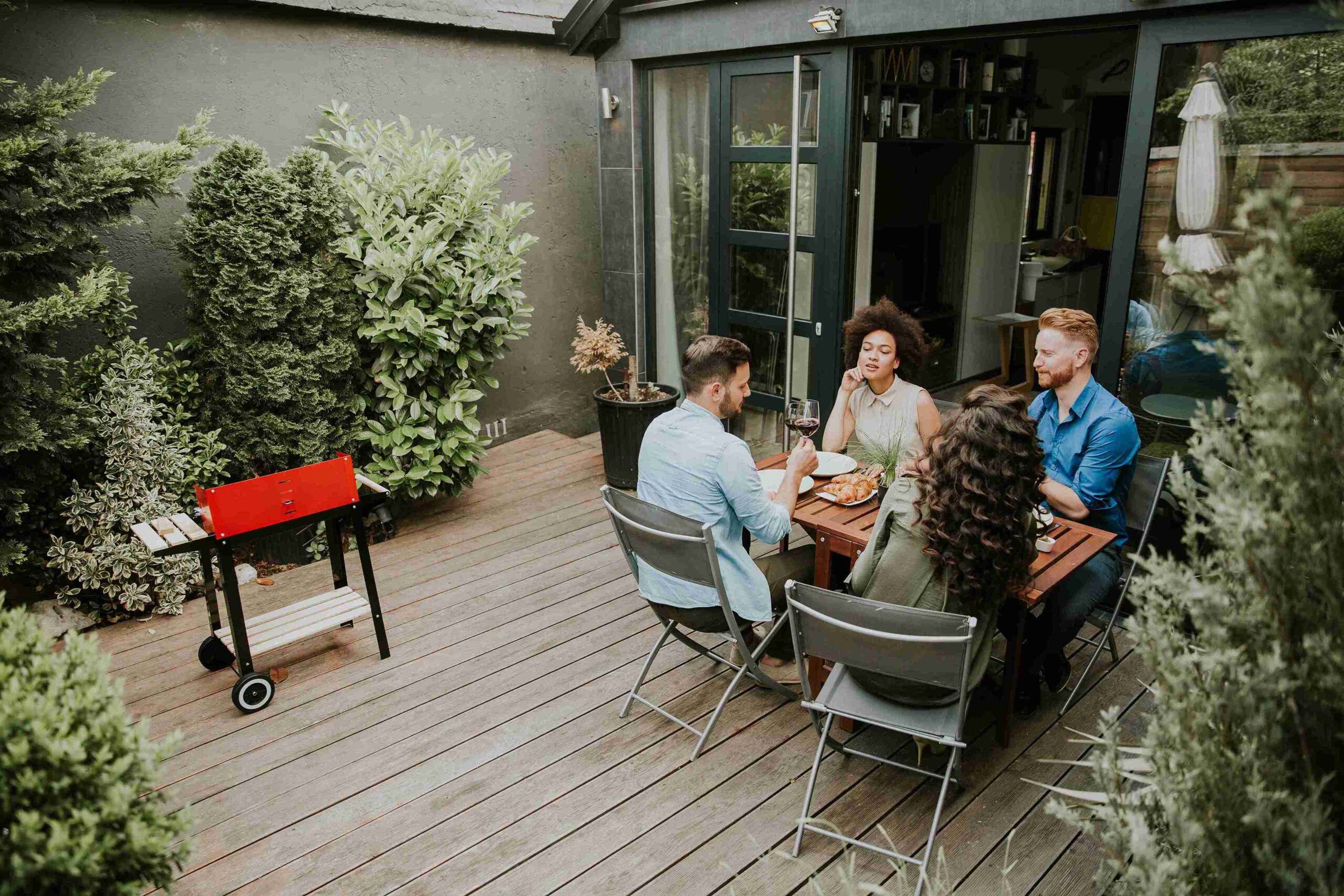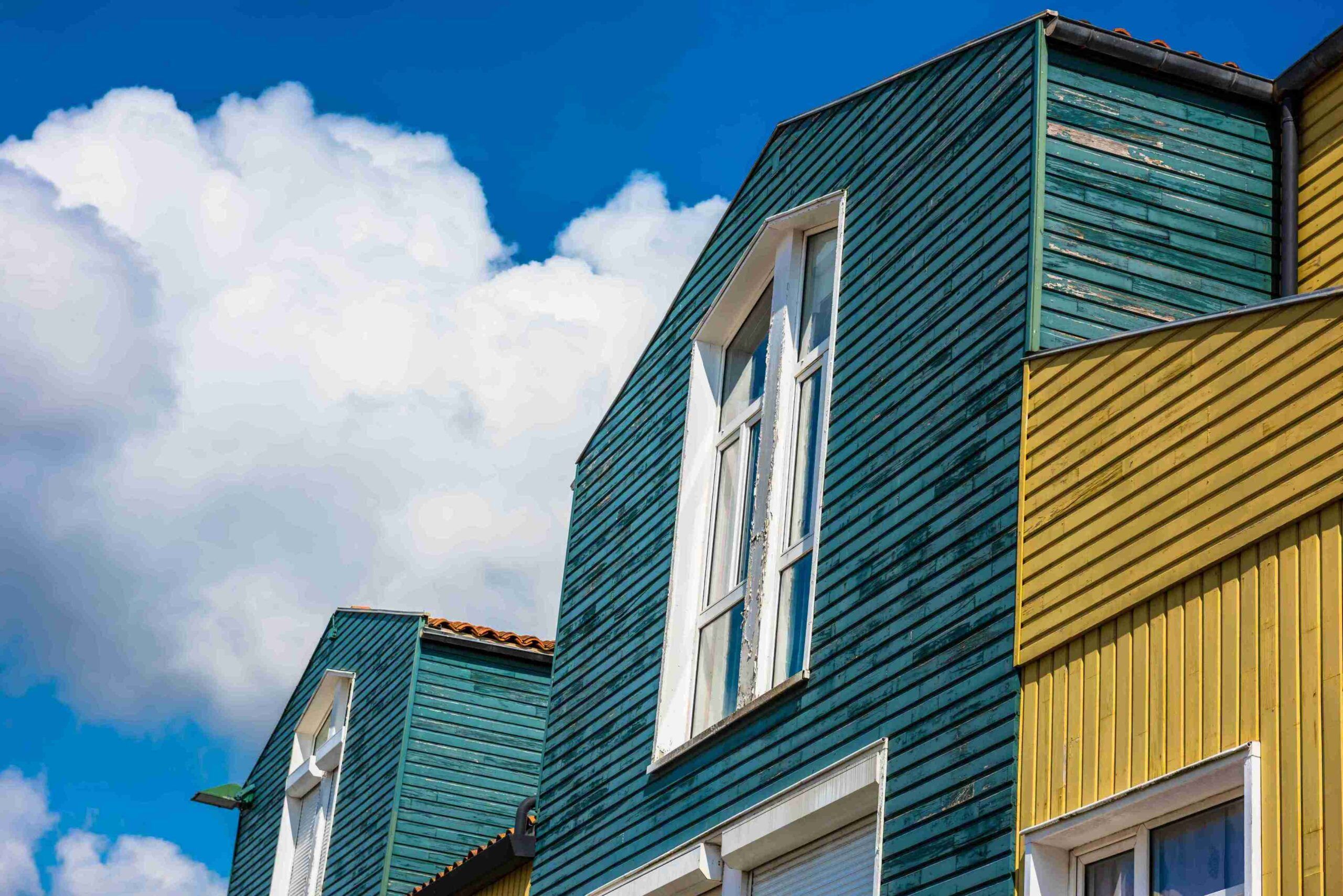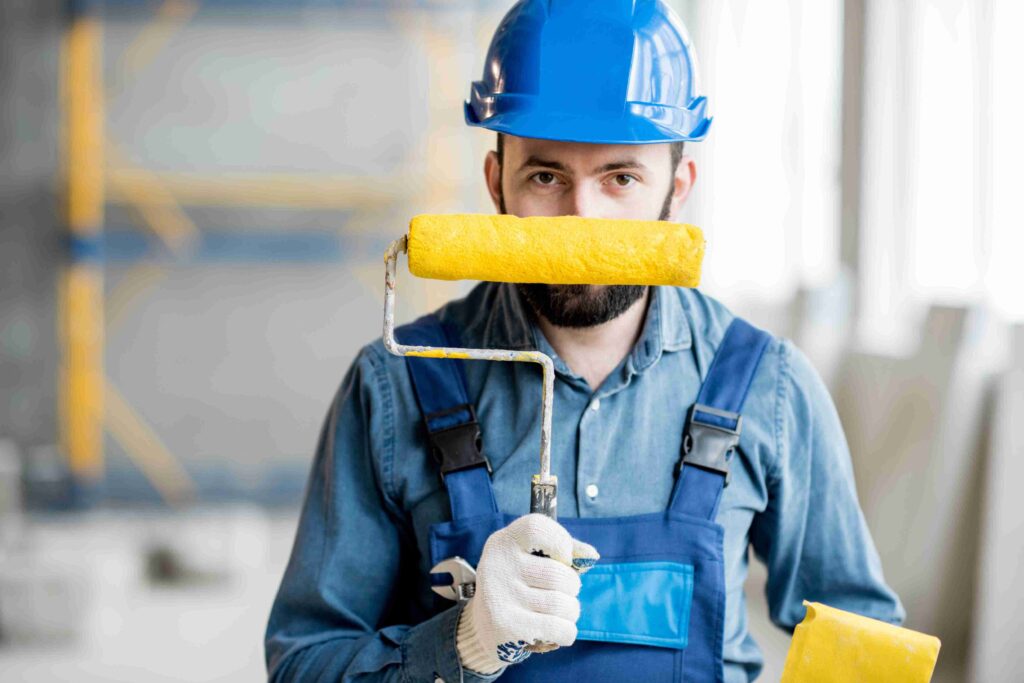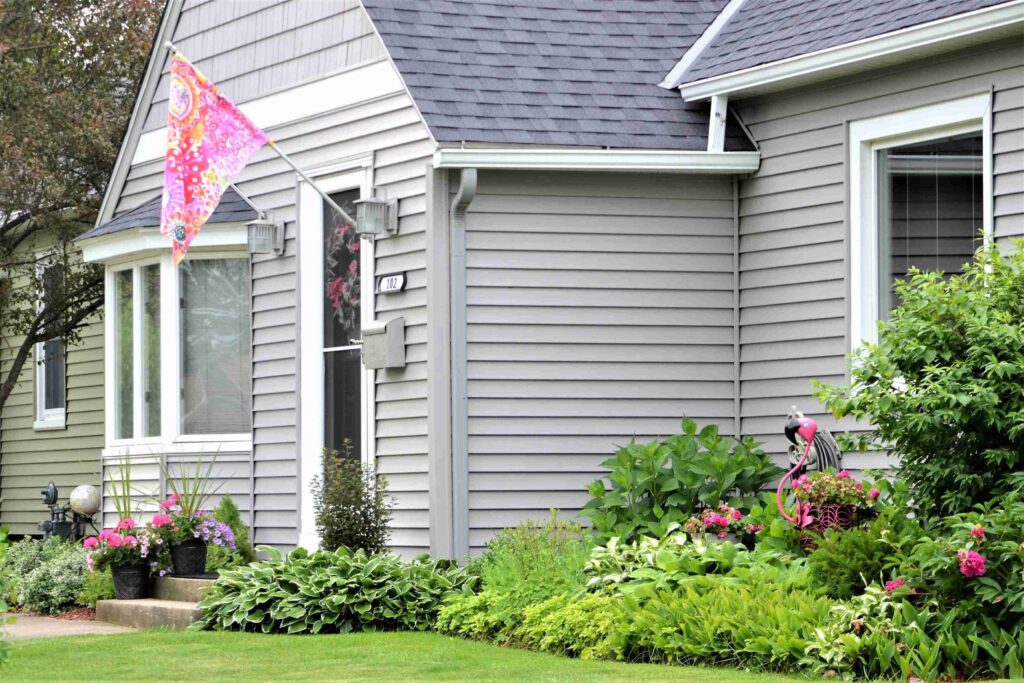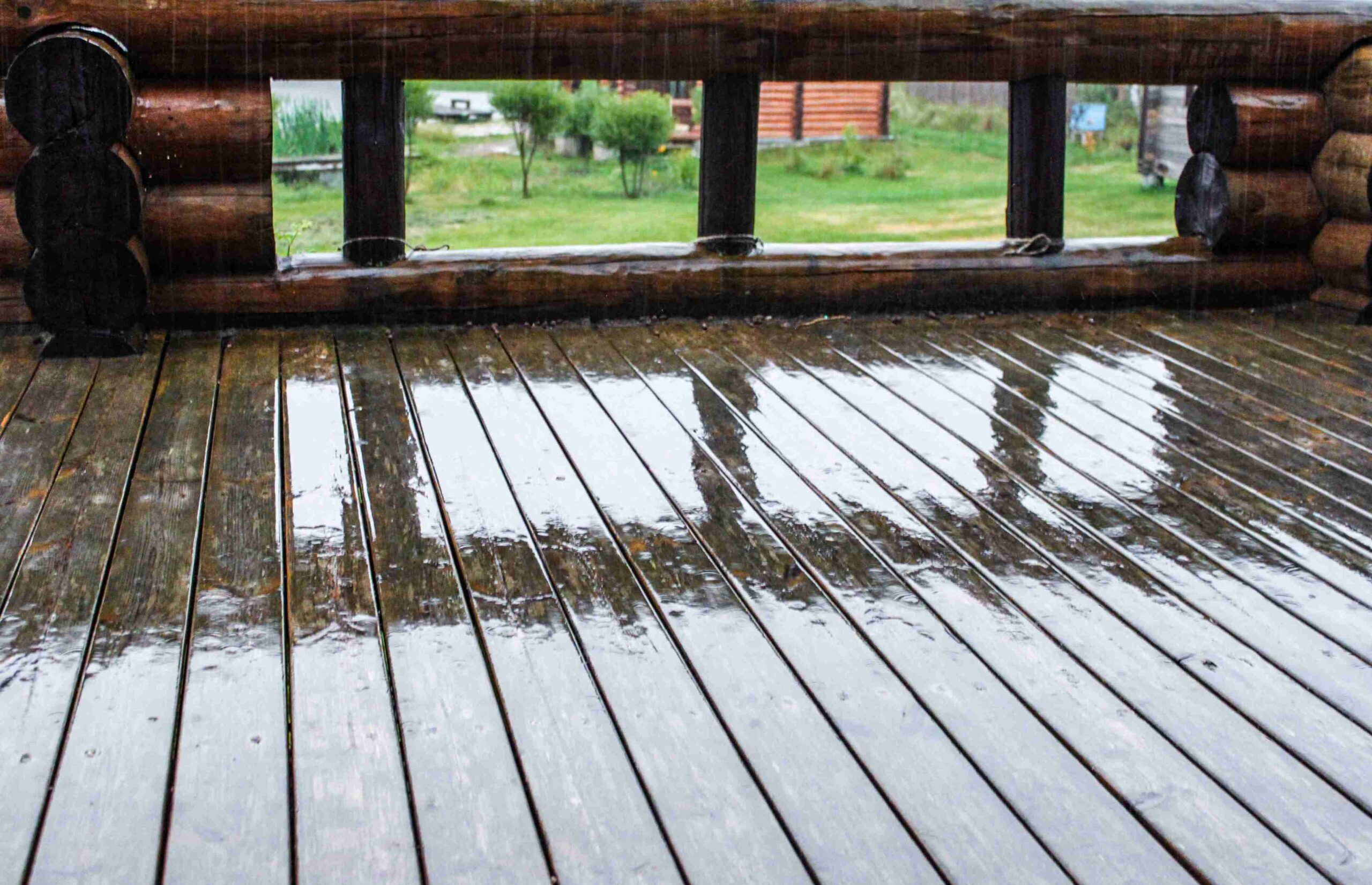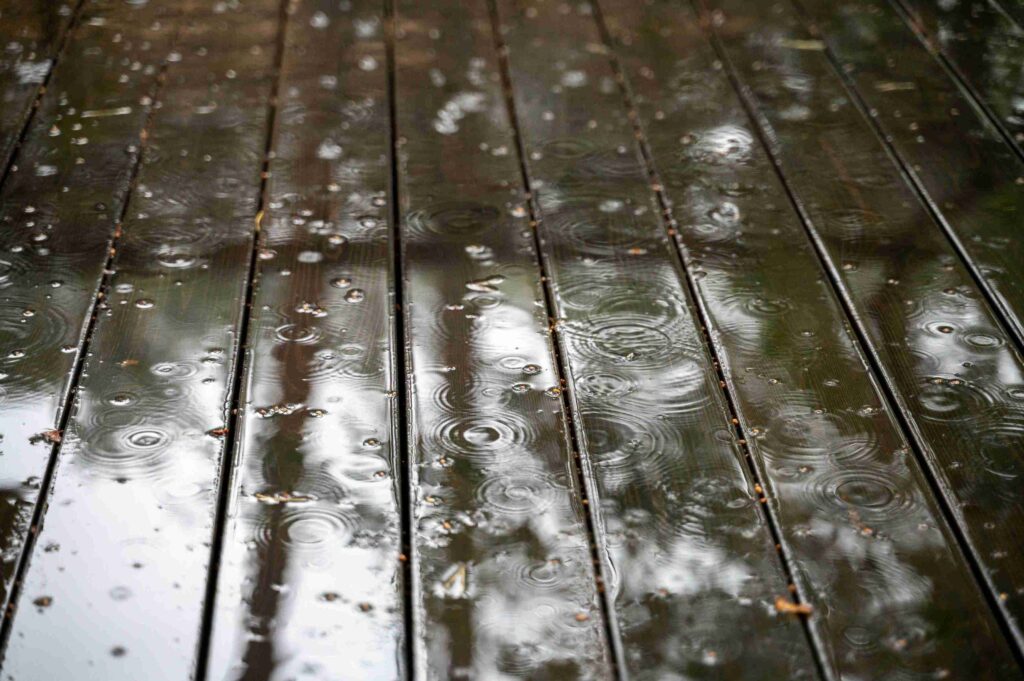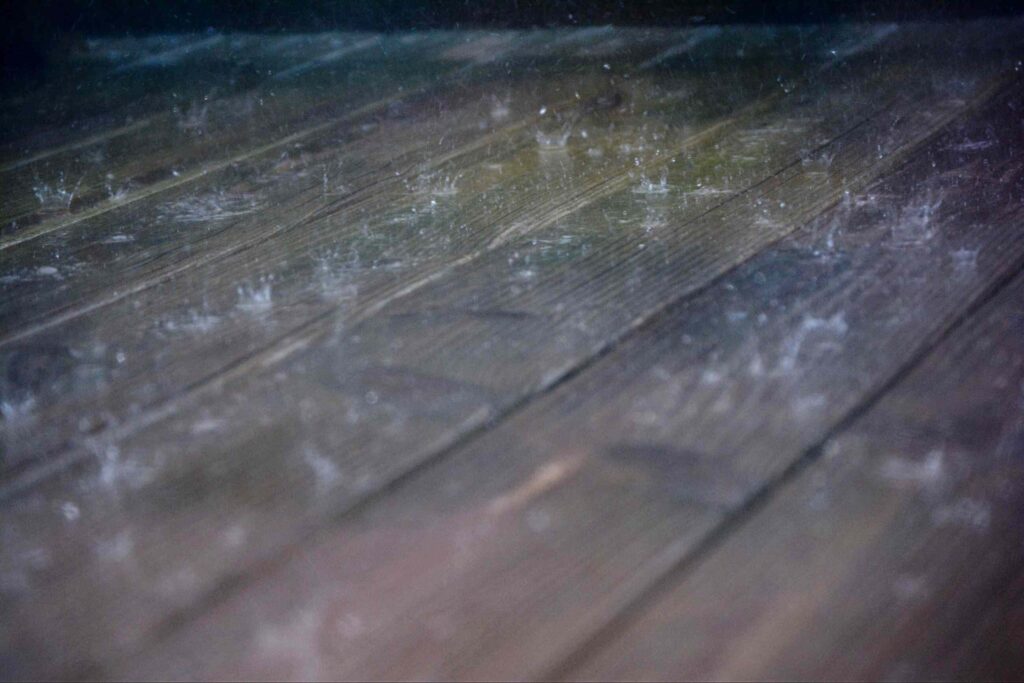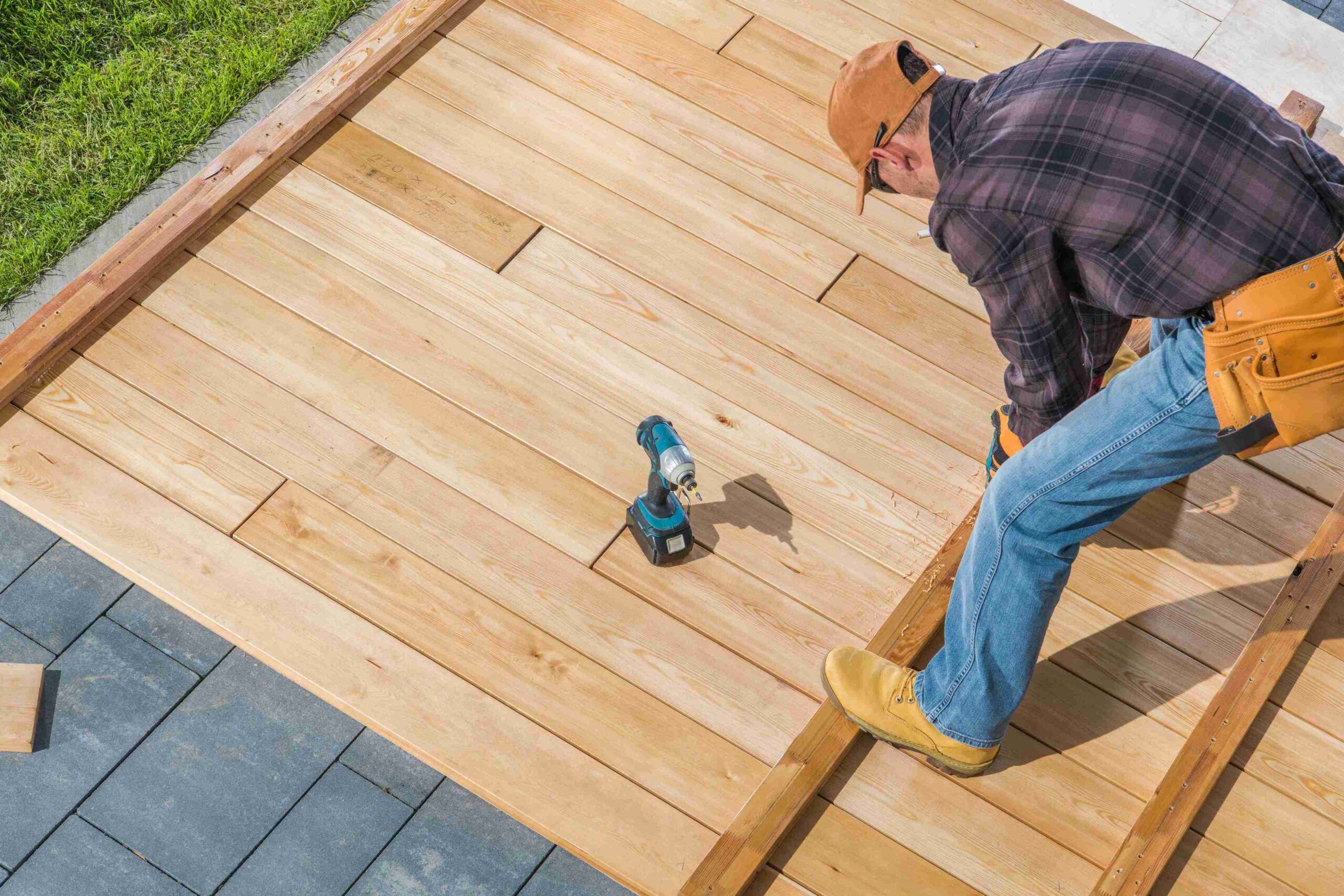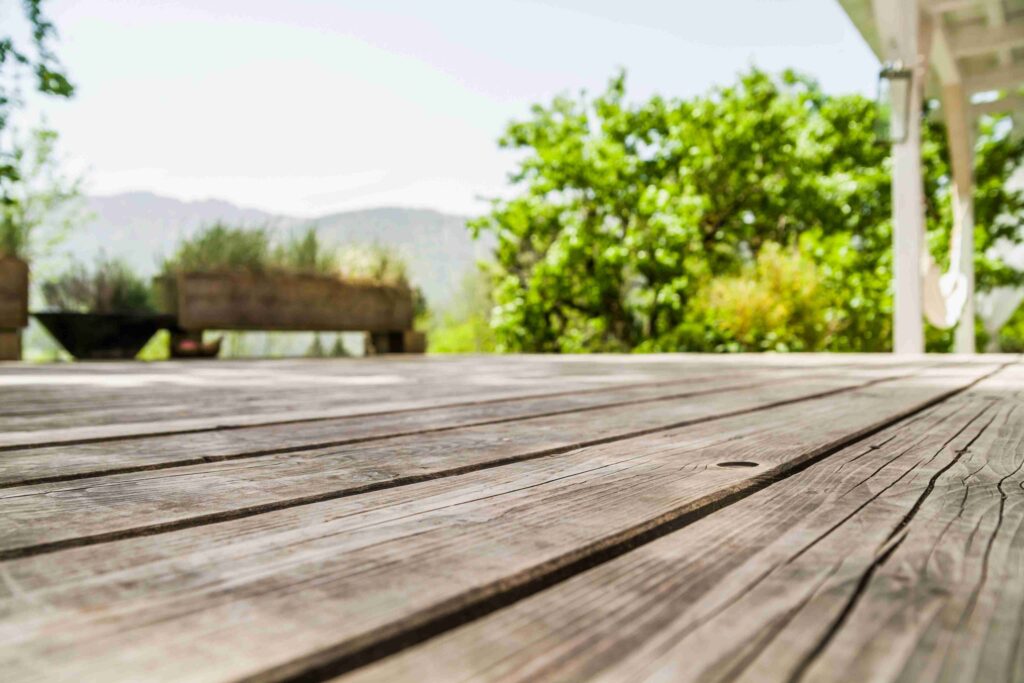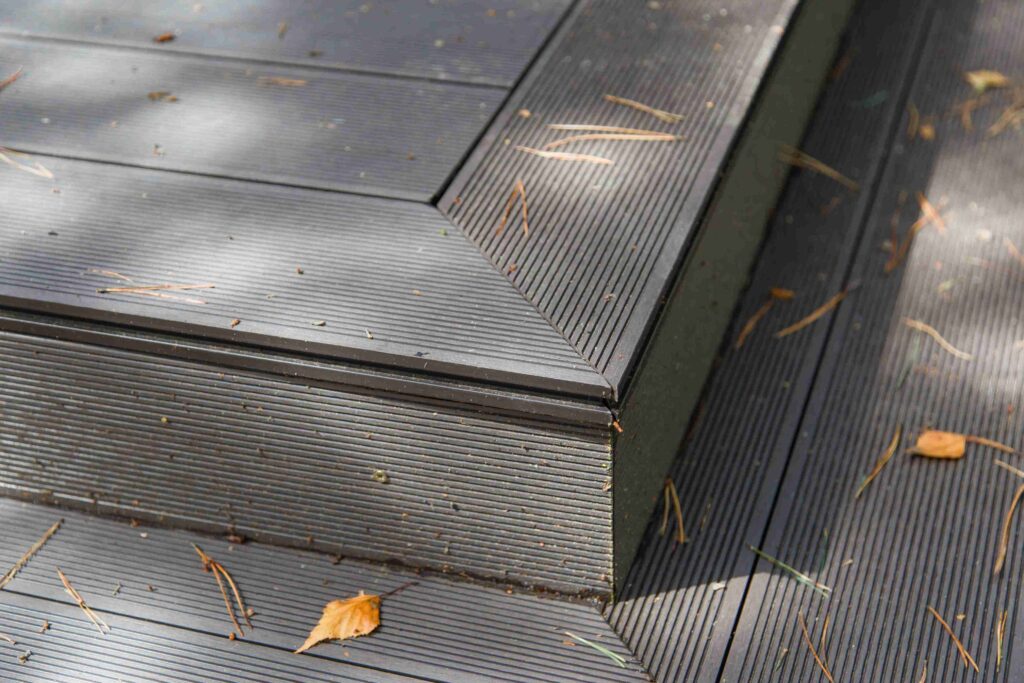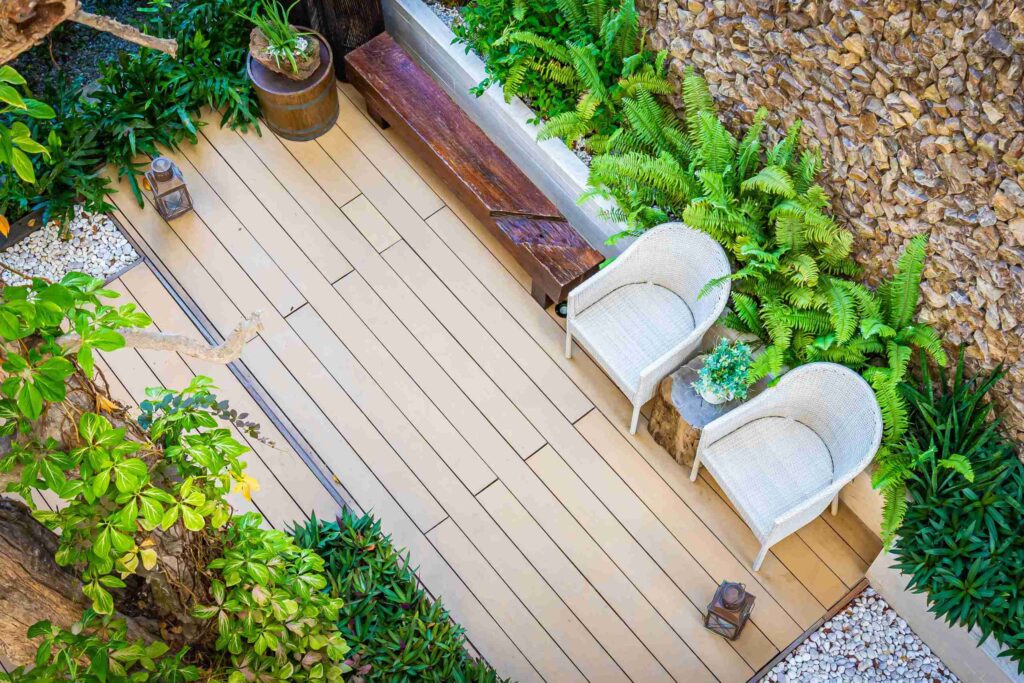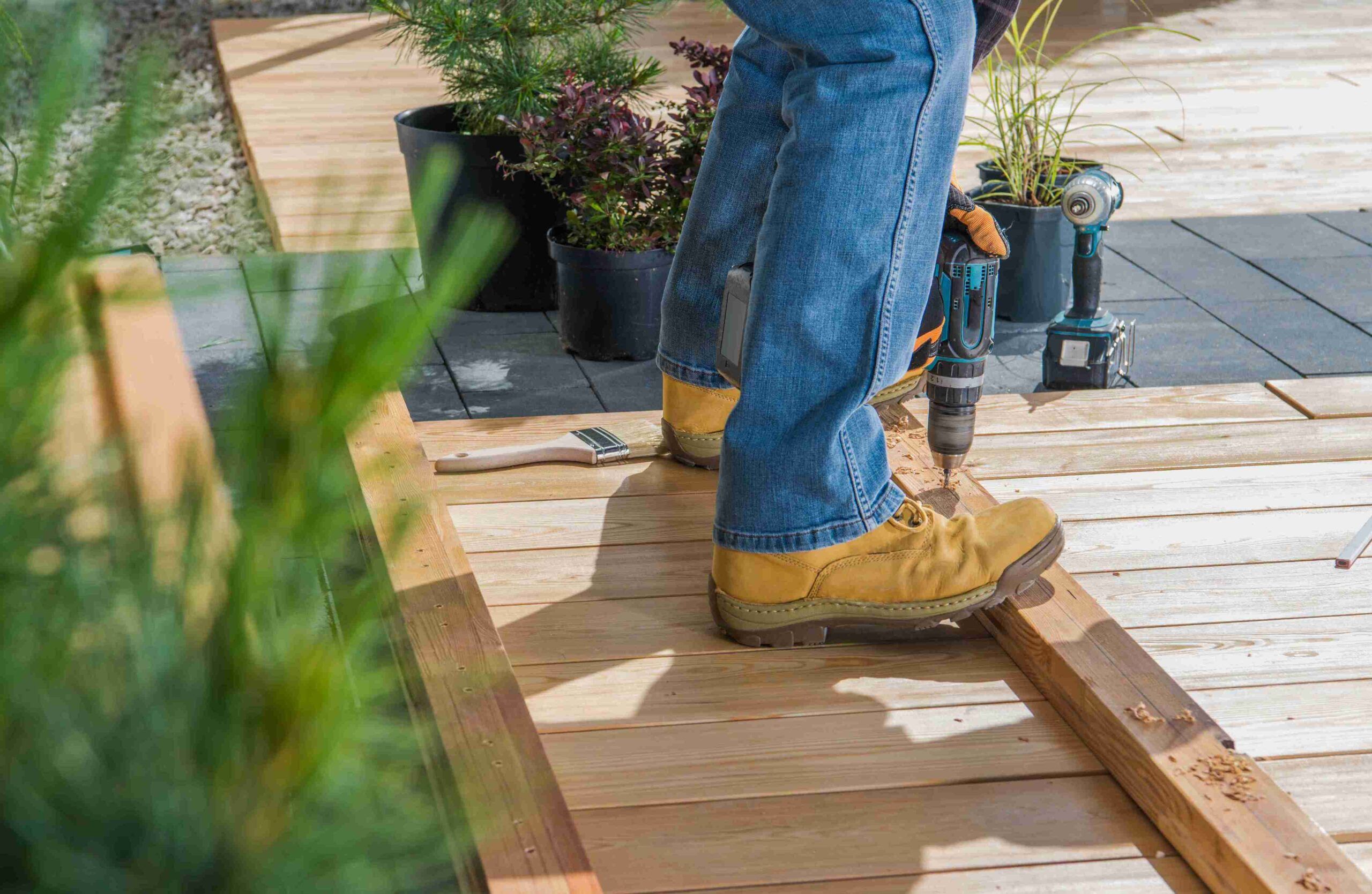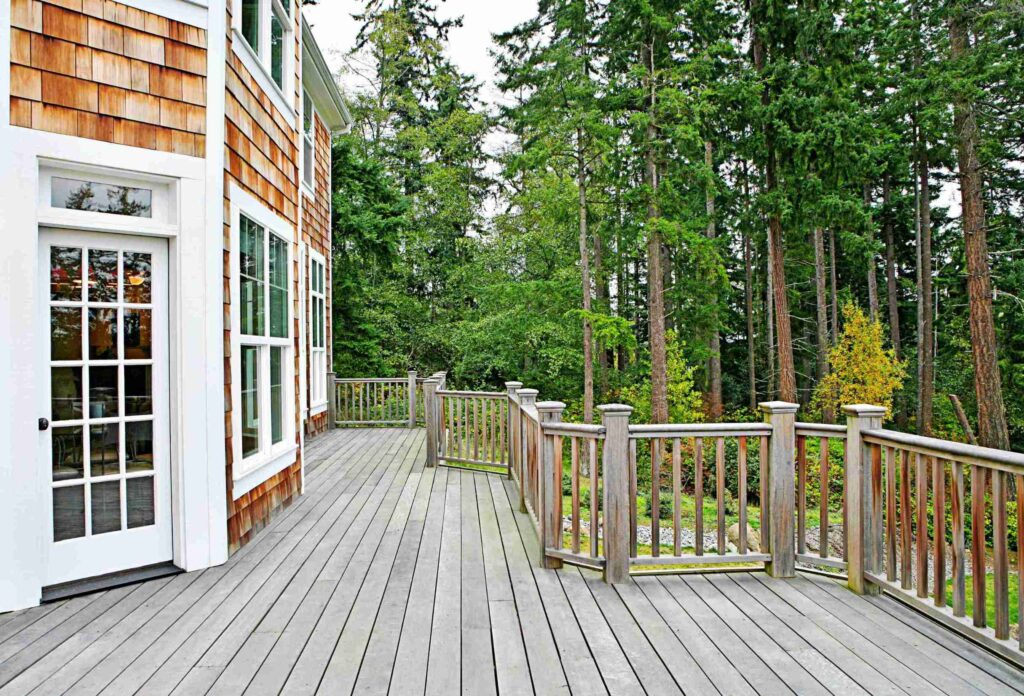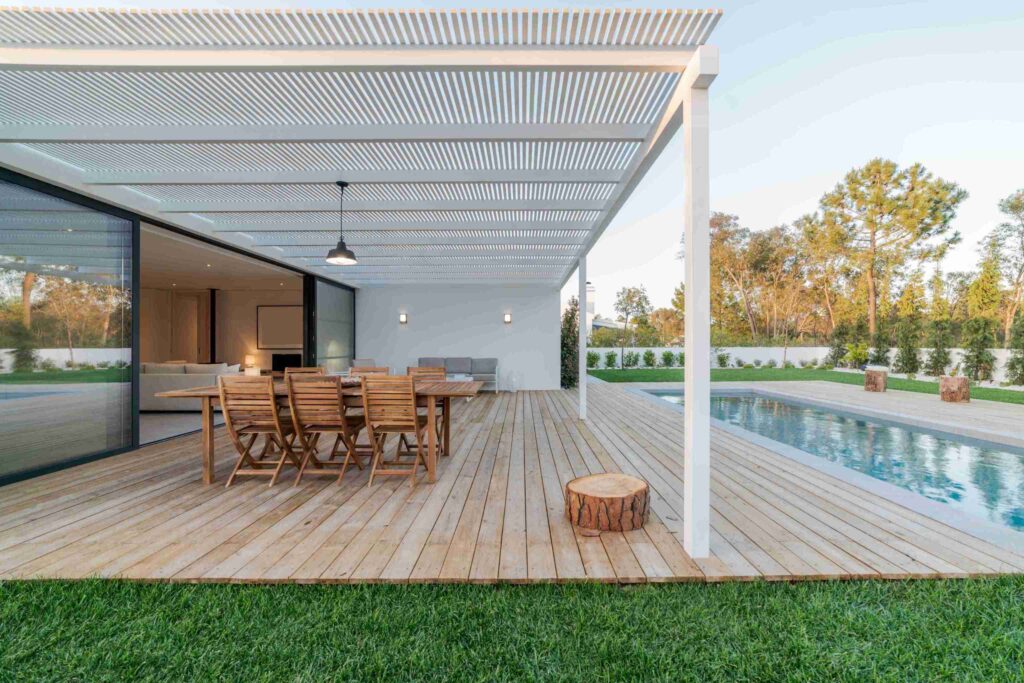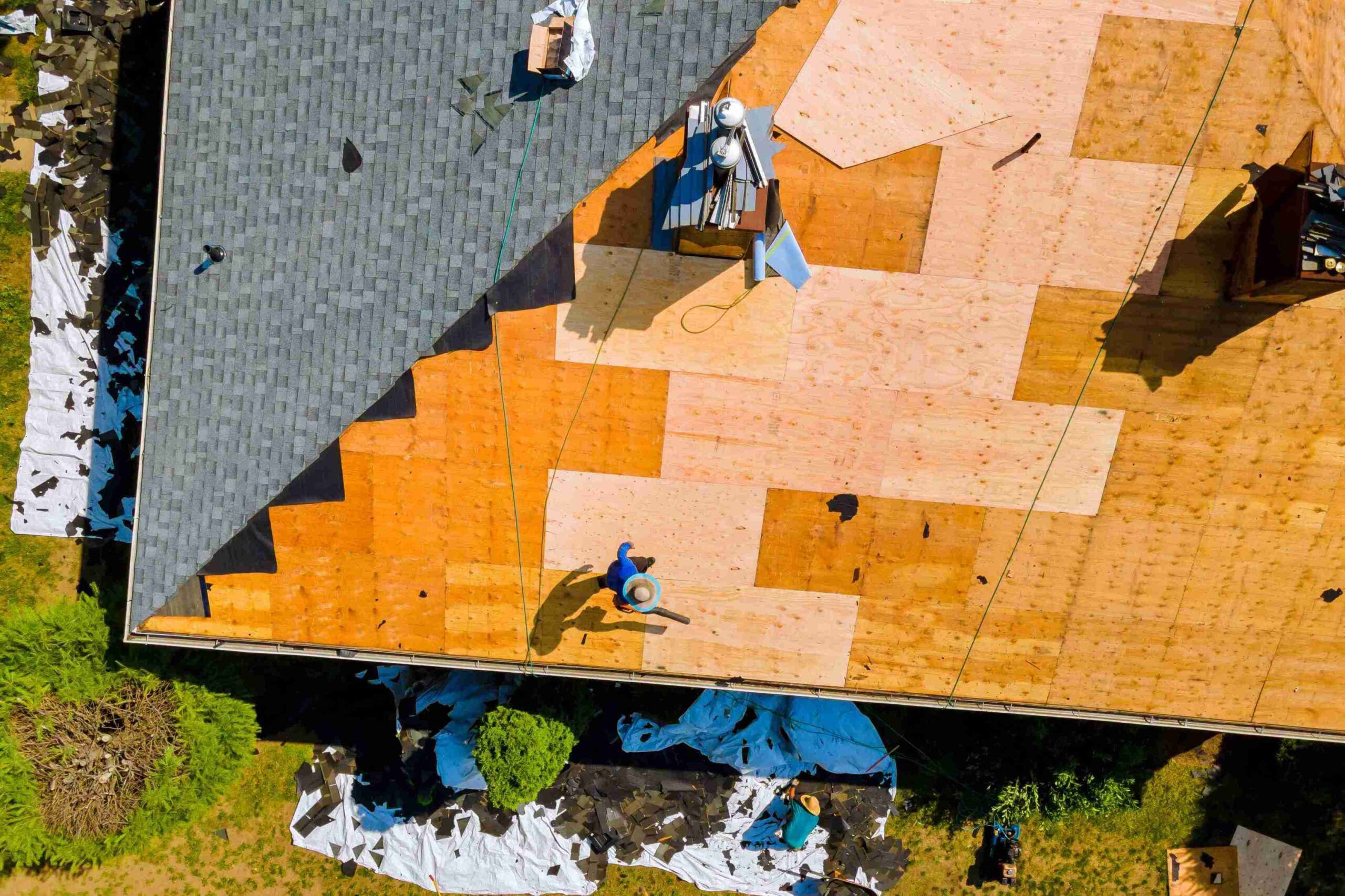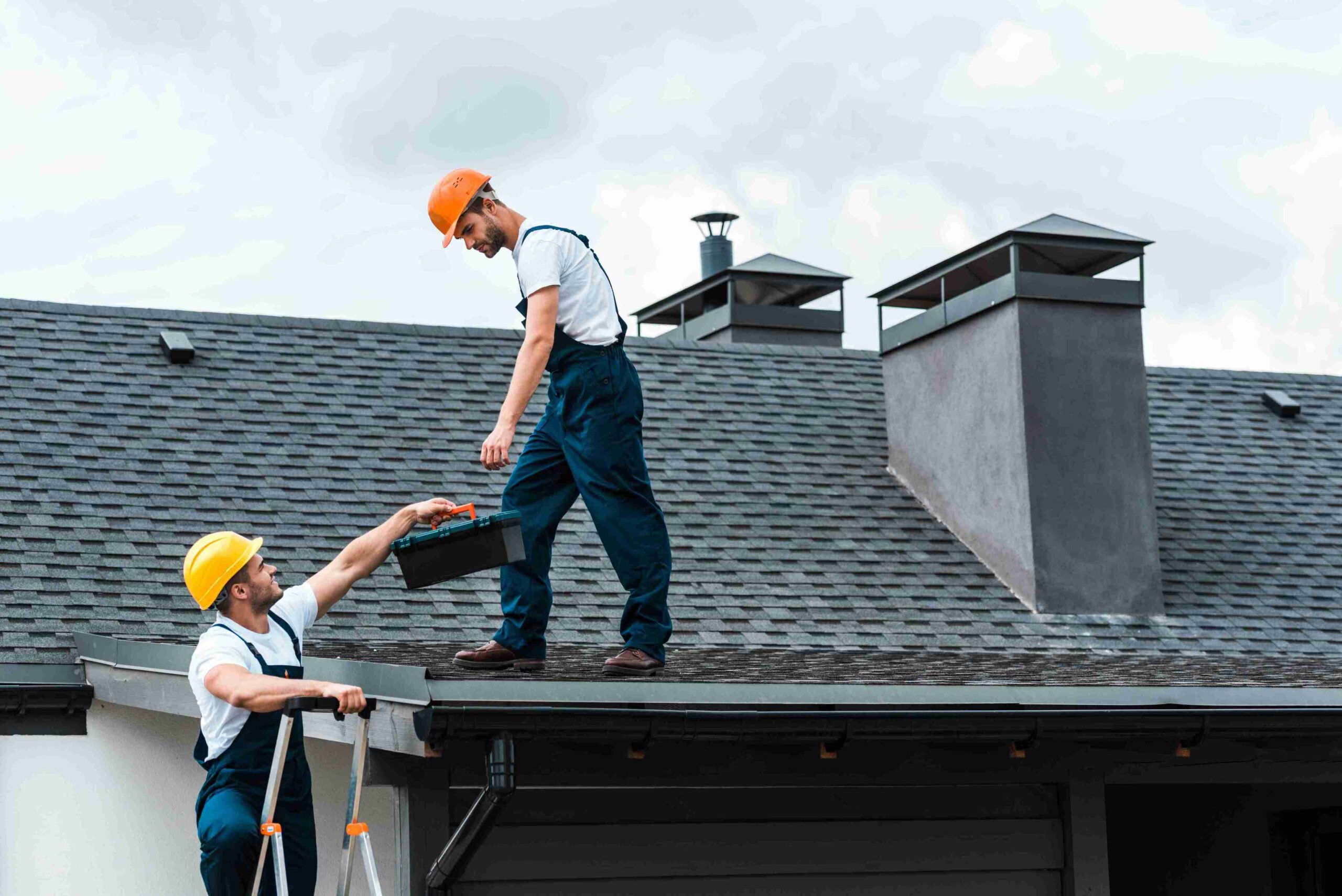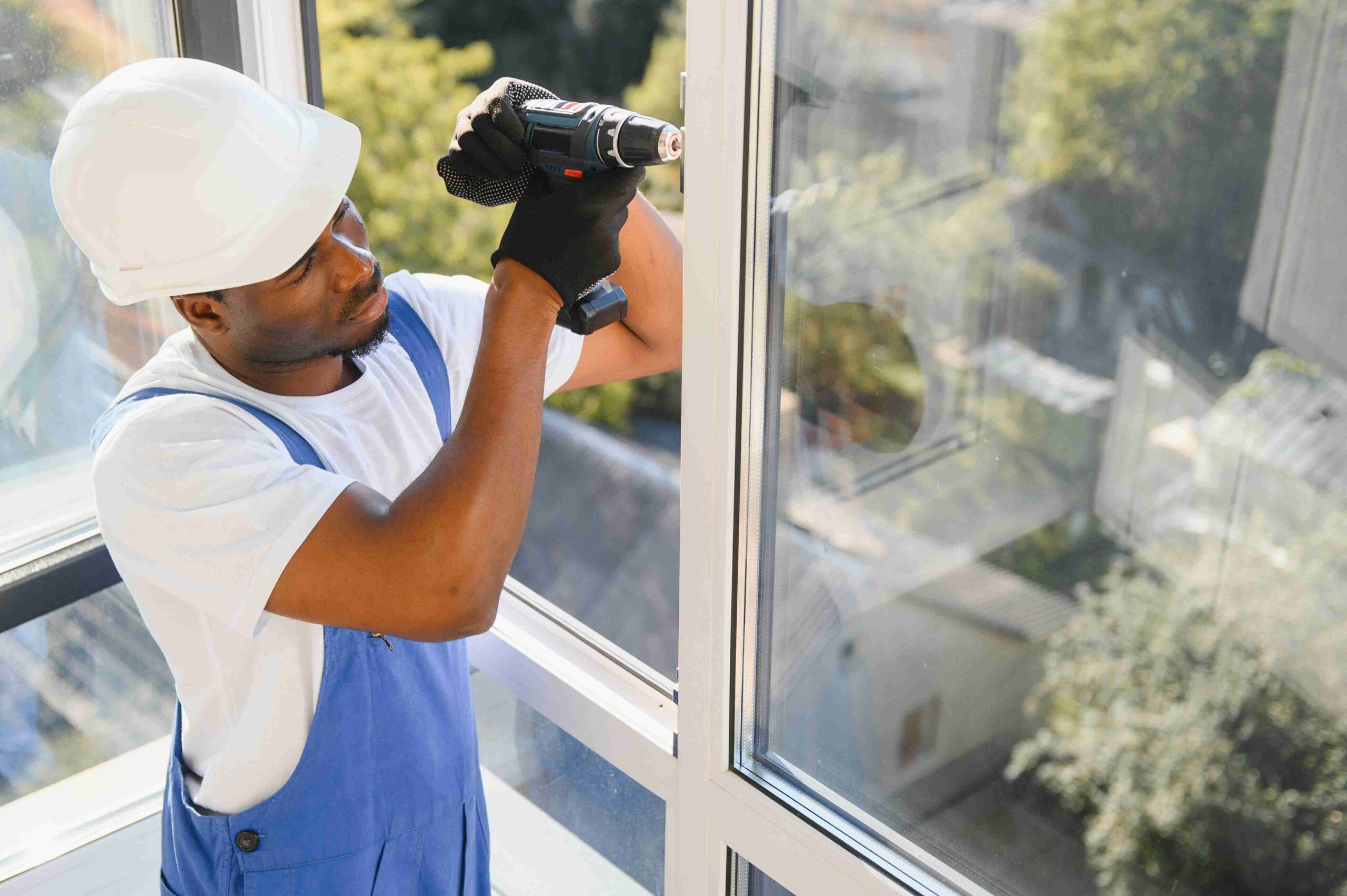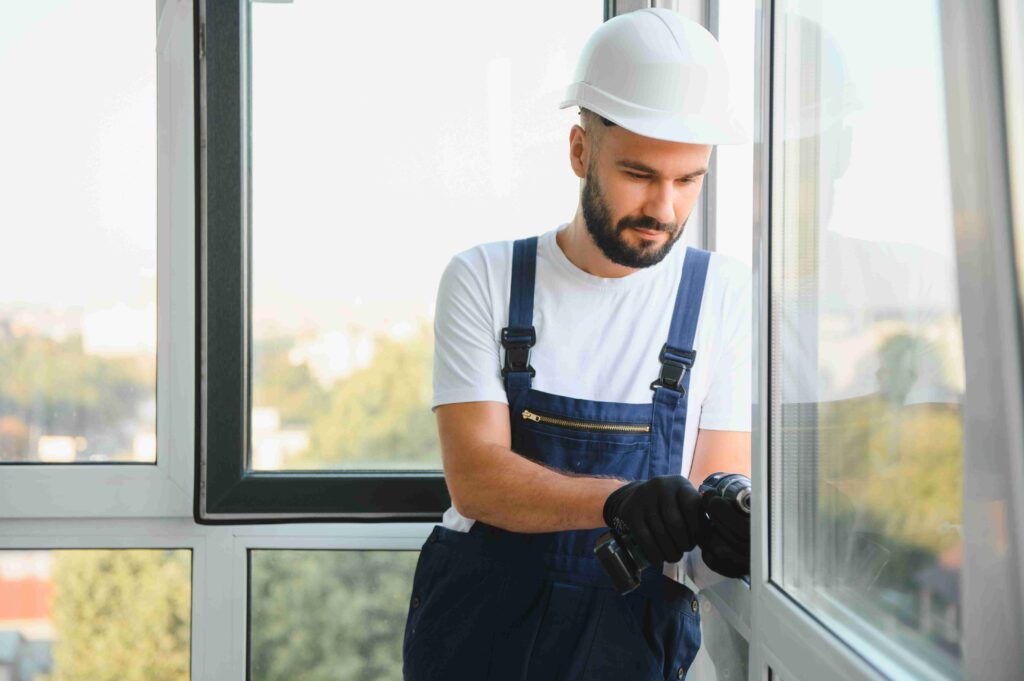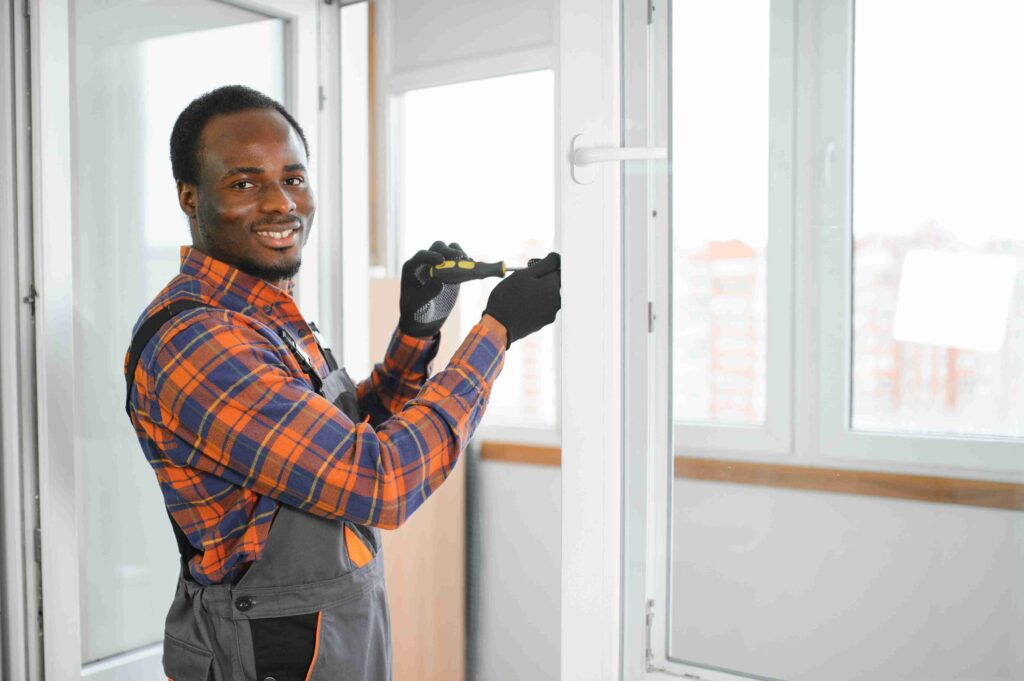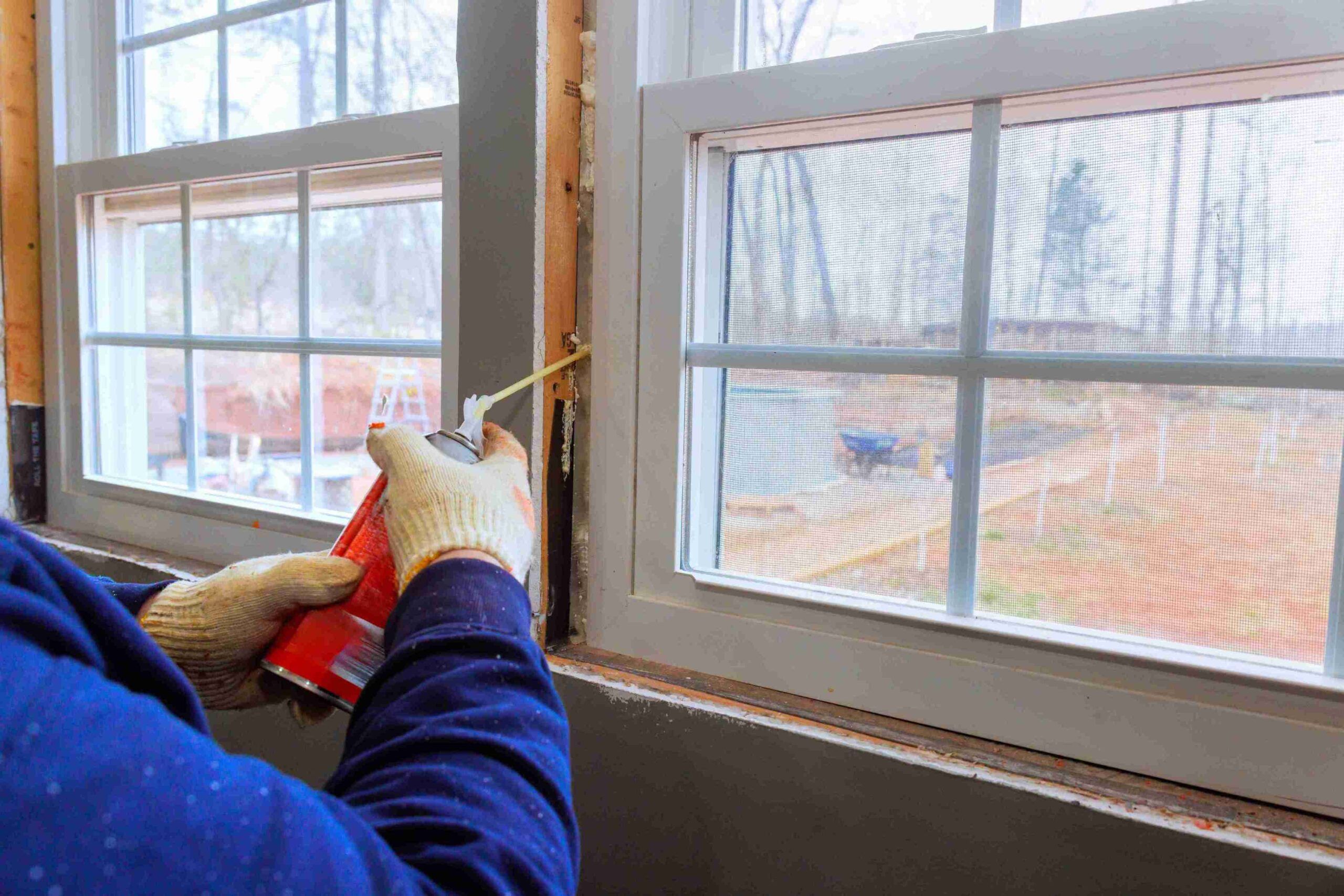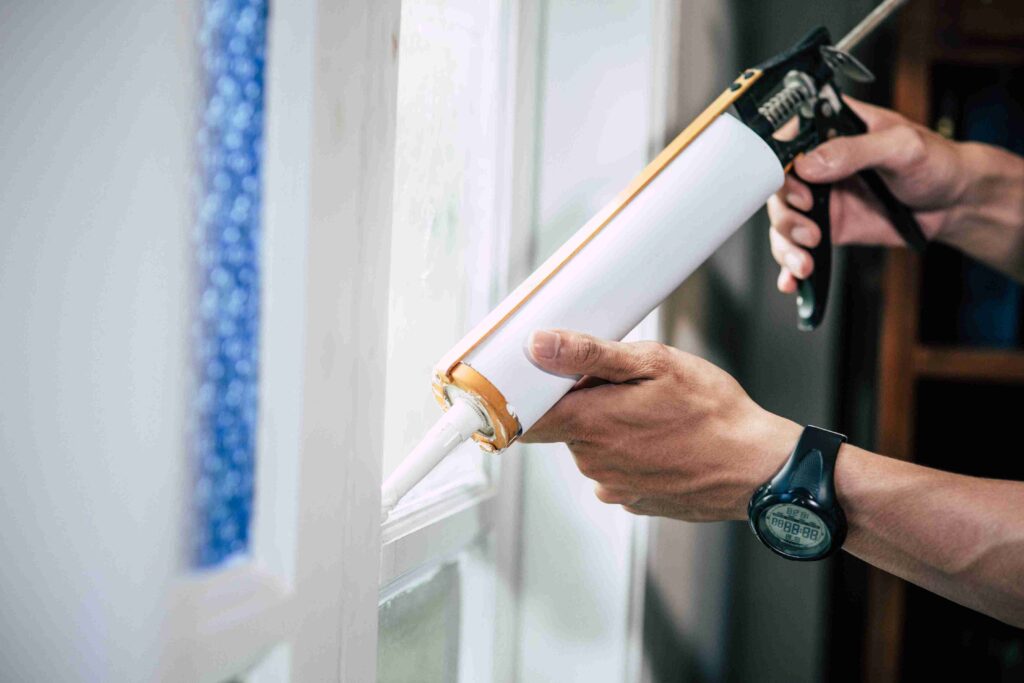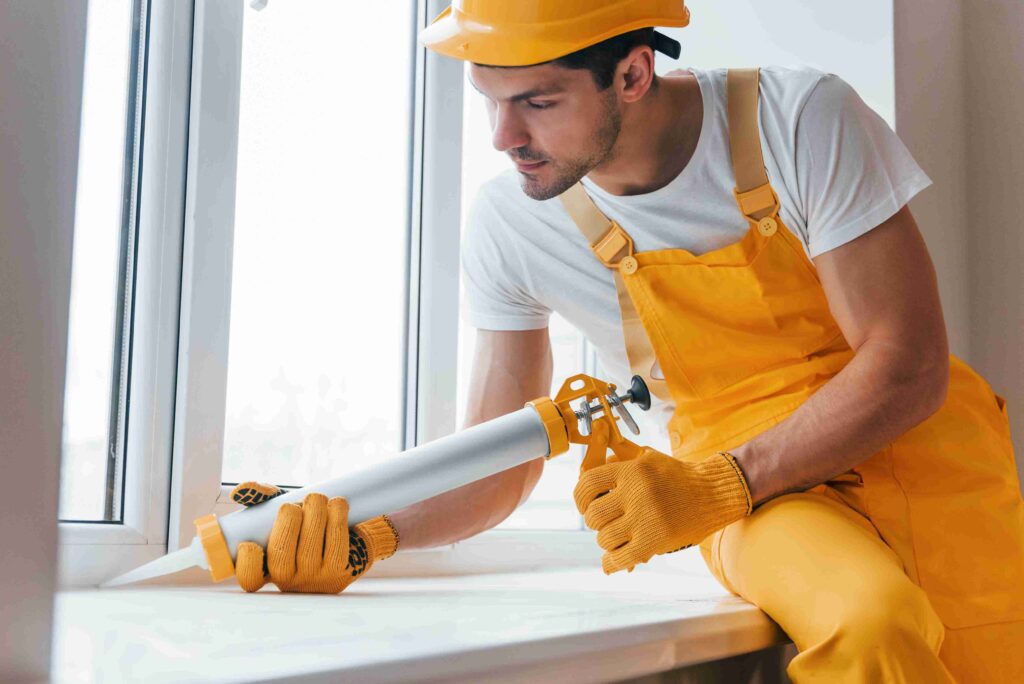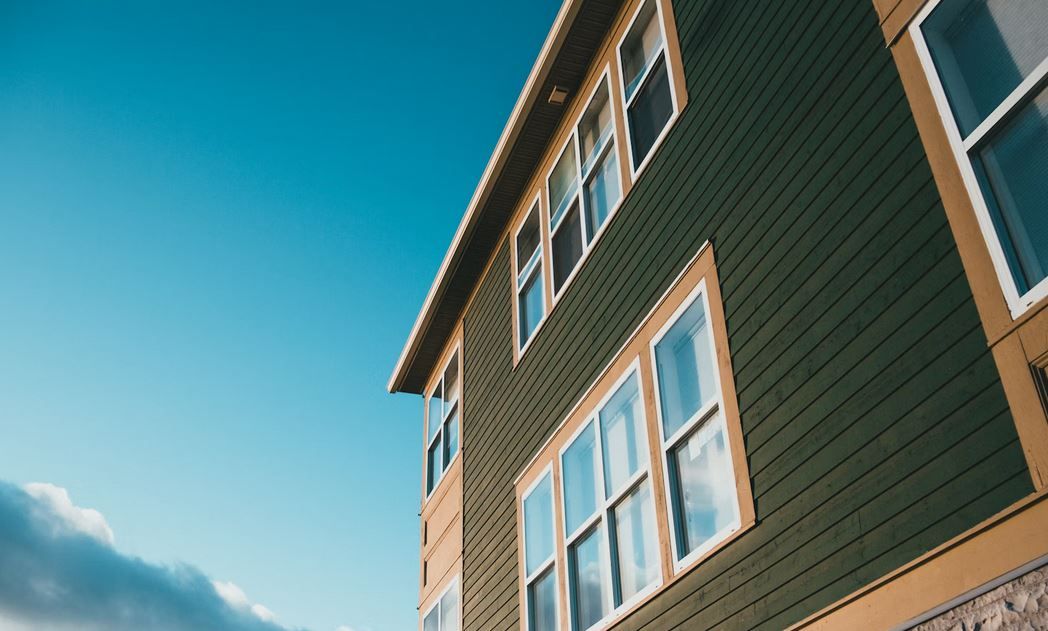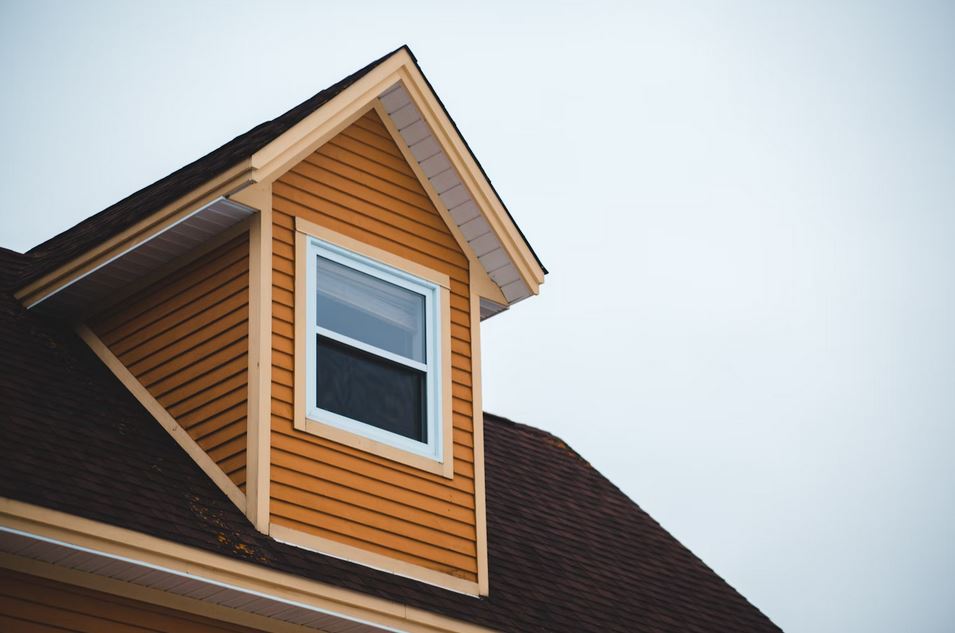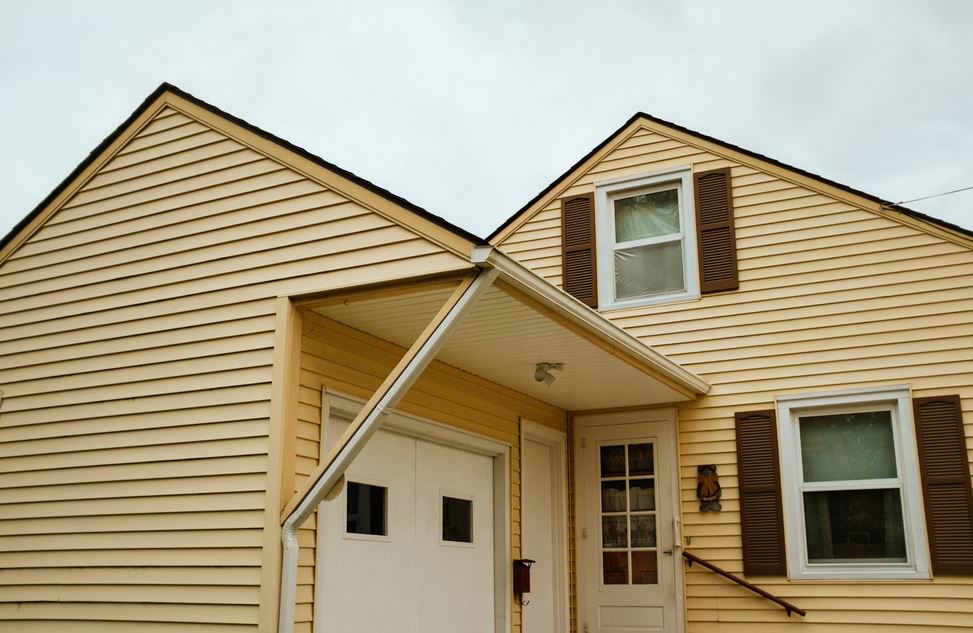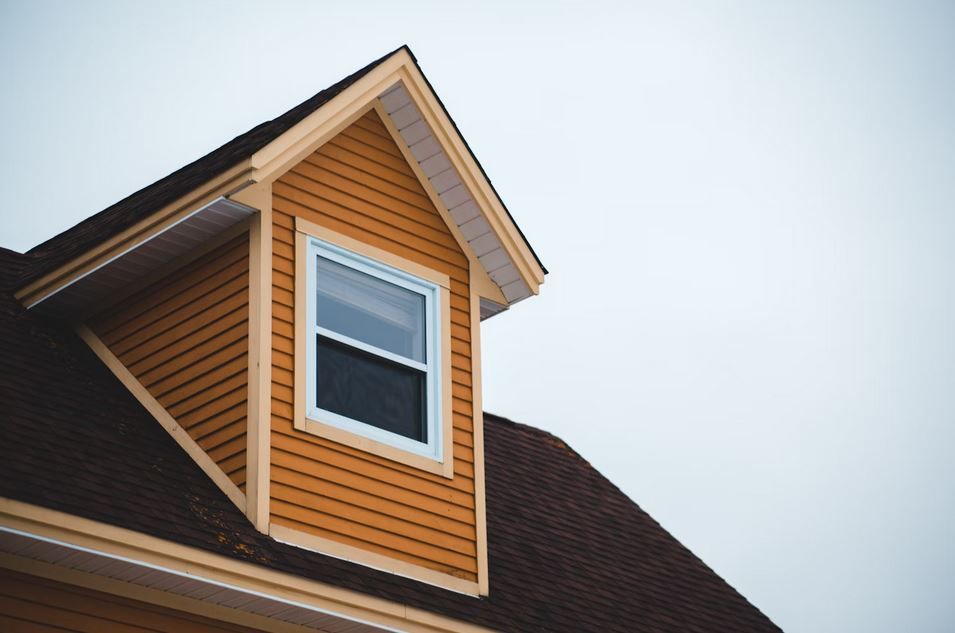How Much Does A 14×20 Deck Cost? (Breakdown)
Thinking about adding a deck to your home? A 14×20 deck is a sweet spot for a lot of people. It’s big enough for a grill, a table, and some chairs without swallowing your whole yard.
But before you start daydreaming about summer cookouts, you probably want to know the big question: how much is this going to cost?
It depends on materials, labor, and a handful of extra details that sneak into the budget.
In this post, we’ll break down the average 14×20 deck cost, and the factors that affect the final price.
Average 14×20 Deck Costs
A 14×20 deck costs around $8,500 to $20,000 depending on how it’s made.
A 14×20 deck gives you about 280 square feet of outdoor space. In the U.S., decks usually fall in a range of about $30 to $60 per square foot installed.
Do some quick math and you’re looking at something like $8,500 on the low end to $16,800 on the higher side.
That’s just a ballpark. If you go with high-end composite boards, fancy railings, or built-in extras, the price can push well over $20,000. On the other hand, a simple pressure-treated wood deck with no frills could be closer to $7,500 to $9,500.
So, think of that range as a starting point. The real number depends on the details you choose.
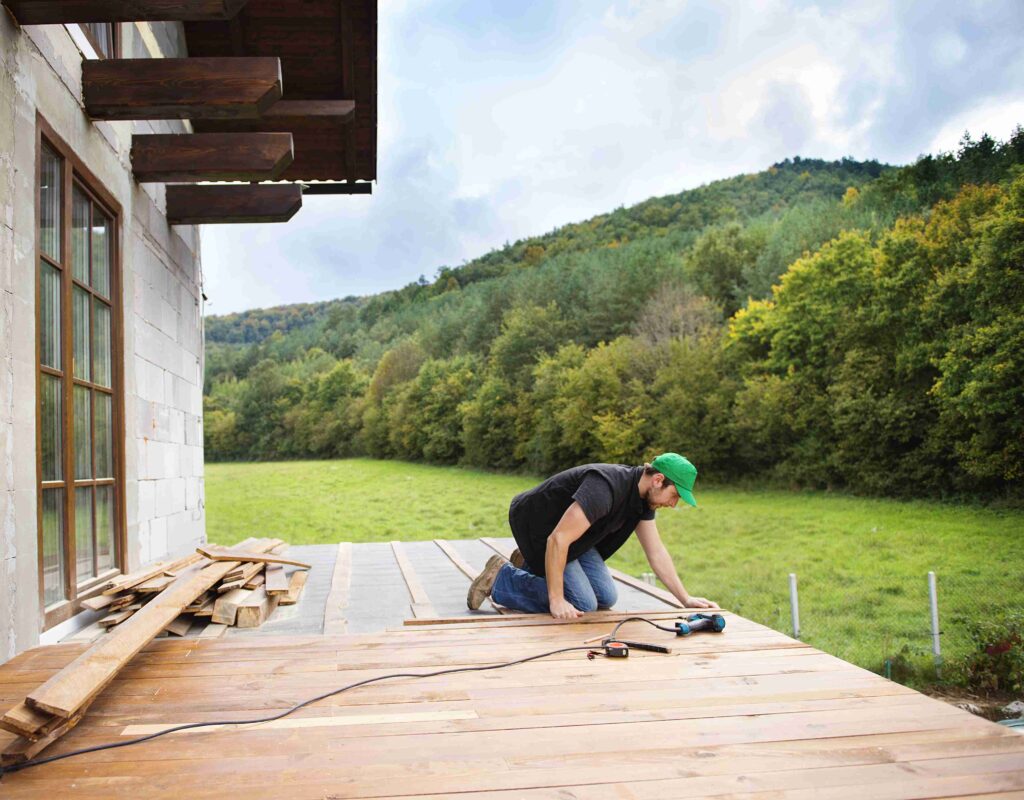
Also Read: How Much Does A Deck Cost In Minnesota?
Factors That Affect The Cost Of A 14×20 Deck
The cost of a 14×20 deck comes down to a handful of main factors. Each one pushes the price up or down depending on the choices you make. Let’s go over the main factors:
#1 Material
Material choice is usually the single biggest factor in your deck budget. Here’s a look the prices:
| Material Type | Avg Cost Per Sq Ft | Notes |
| Pressure-Treated Wood | $15 – $25 | Affordable, needs regular sealing/staining |
| Cedar / Redwood | $25 – $35 | Natural resistance, mid-range price |
| Composite Decking | $30 – $45 | Low maintenance, wide variety of styles |
| PVC / Vinyl | $35 – $55 | Very durable, resistant to moisture |
| Exotic Hardwoods (Ipe) | $40 – $60+ | Premium look and durability, labor-intensive |
#2 Labor And Contractor Rates
Labor often matches or even exceeds material costs.
A skilled crew can charge anywhere from $15 to $35 per square foot, depending on where you live and the project’s complexity. If you live in a high-cost area, expect rates to lean toward the higher side.
It’s not just about putting boards down. Contractors have to dig and pour footings, frame the structure, handle railing systems, and ensure everything meets building codes.
All of that takes time and skill.
The more complex the design, the longer it takes, and the higher the labor bill.
Also Read: Can You Paint Hardie Board?
#3 How Complex The Design Is
The design can take a straightforward deck and double its price.
A plain 14×20 rectangle with no frills is the cheapest setup. Add curves, multiple levels, built-in benches, or planters, and you’ll see costs rise. Even choosing to lay boards diagonally instead of straight adds more waste and extra time.
The same goes for railing choices. A simple wood railing is budget-friendly. Metal, glass, or cable railing systems look amazing but cost a lot more.
Every “upgrade” adds to both material and labor bills.
Think of it this way: the more custom the design, the more your deck becomes a project instead of just a platform.
#4 Foundation And Site Prep
What’s underneath your deck is just as important as what’s on top.
Every deck needs a strong foundation, usually poured concrete footings. If your yard is flat, this is fairly straightforward. But if the ground is sloped, rocky, or soft, things get tricky.
Extra digging, grading, or support posts can add thousands to the final price.
Elevated decks or ones built over uneven ground require stronger framing and more engineering. Even soil conditions matter – clay, sand, or loose soil all change how deep or wide your footings need to be.
This part of the project isn’t visible once the deck is built, but it’s critical for safety and durability.
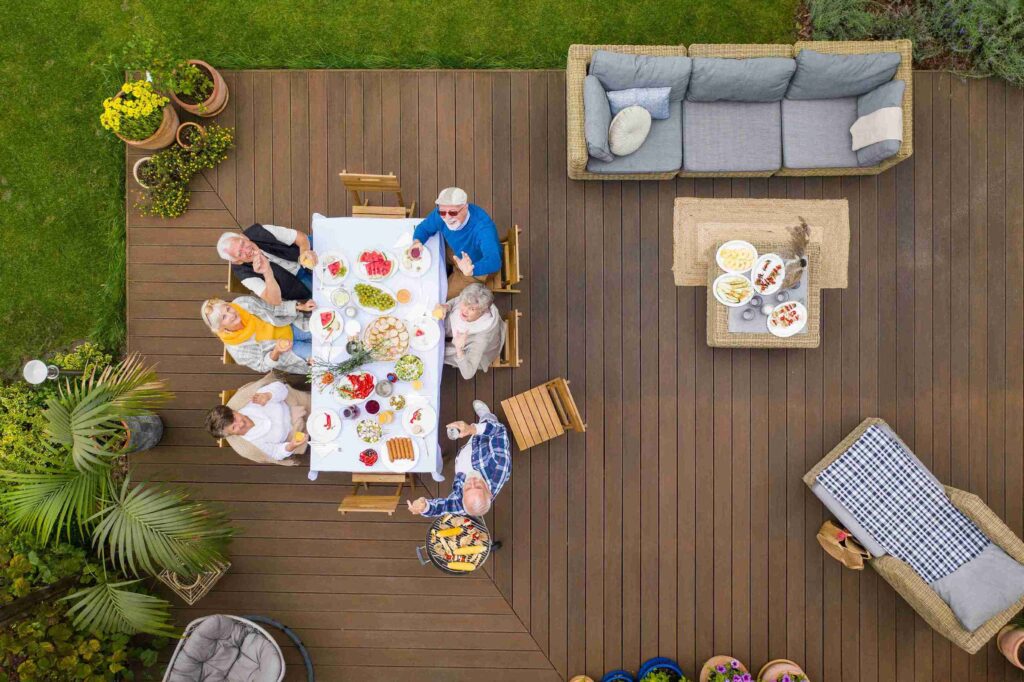
Cutting corners here can cost way more down the line.
Also Read: 2×6 Vs 5/4 Decking
#5 Permits And Inspections
Permits are one of those hidden costs people forget about until they’re hit with the bill.
Most cities or counties require a permit for any deck over a certain height or size. Fees usually fall between $100 and $500, though some areas charge more.
Once construction starts, inspectors may come out to check the footings, framing, and final build. These steps are there to make sure the deck is safe and built to code.
Skipping them can lead to fines or problems when selling your home later.
Contractors usually handle permits and inspections for you, but they’ll roll the cost into their estimate.
Additional Costs To Consider
Even if you’ve priced out materials and labor, a few extra things can sneak into your budget. Keep these in mind:
- Railings
- Stairs
- Lighting
- Skirting or fascia boards
- Furniture and decor
Don’t forget about long-term maintenance.
Wood decks need to be sealed or stained every couple of years. That’s extra time and money. Composite doesn’t need that, but the upfront hit is higher.
Either way, your deck isn’t a set-it-and-forget-it project.
DIY Vs Hiring A Contractor
Building a deck yourself can save a lot of cash.
Material costs stay the same, but you skip the labor charges. For a 14×20 deck, that could mean saving ten grand or more.
But here’s the catch. Decks aren’t just about laying boards. You need to know how to set posts, pour footings, and make sure everything is square and safe.
Also Read: Rain On Deck After Staining
Mistakes can cost more down the road than just hiring a pro in the first place.
A contractor also knows local codes and how to get permits squared away. They’ll usually finish faster too. DIY can take weeks of weekends, while a crew might wrap it up in under a week.
If you’re handy and confident, DIY is an option. If not, paying for peace of mind and quality might be the smarter route.
Bottom Line
A 14×20 deck usually falls in the range of $8,500 to $20,000 for most homeowners, with plenty of wiggle room depending on materials, design, and extras.
The price you pay depends on how fancy you get with the design, how tricky the yard is, and if you hire pros or go the DIY route.
Add in extras like railings, lighting, or a pergola, and the budget climbs higher.
At the end of the day, the best way to nail down your number is to get a few local quotes. That gives you a clear picture of what your dream deck will really cost in your area.
Then you can plan, budget, and get ready to enjoy that perfect outdoor space.
